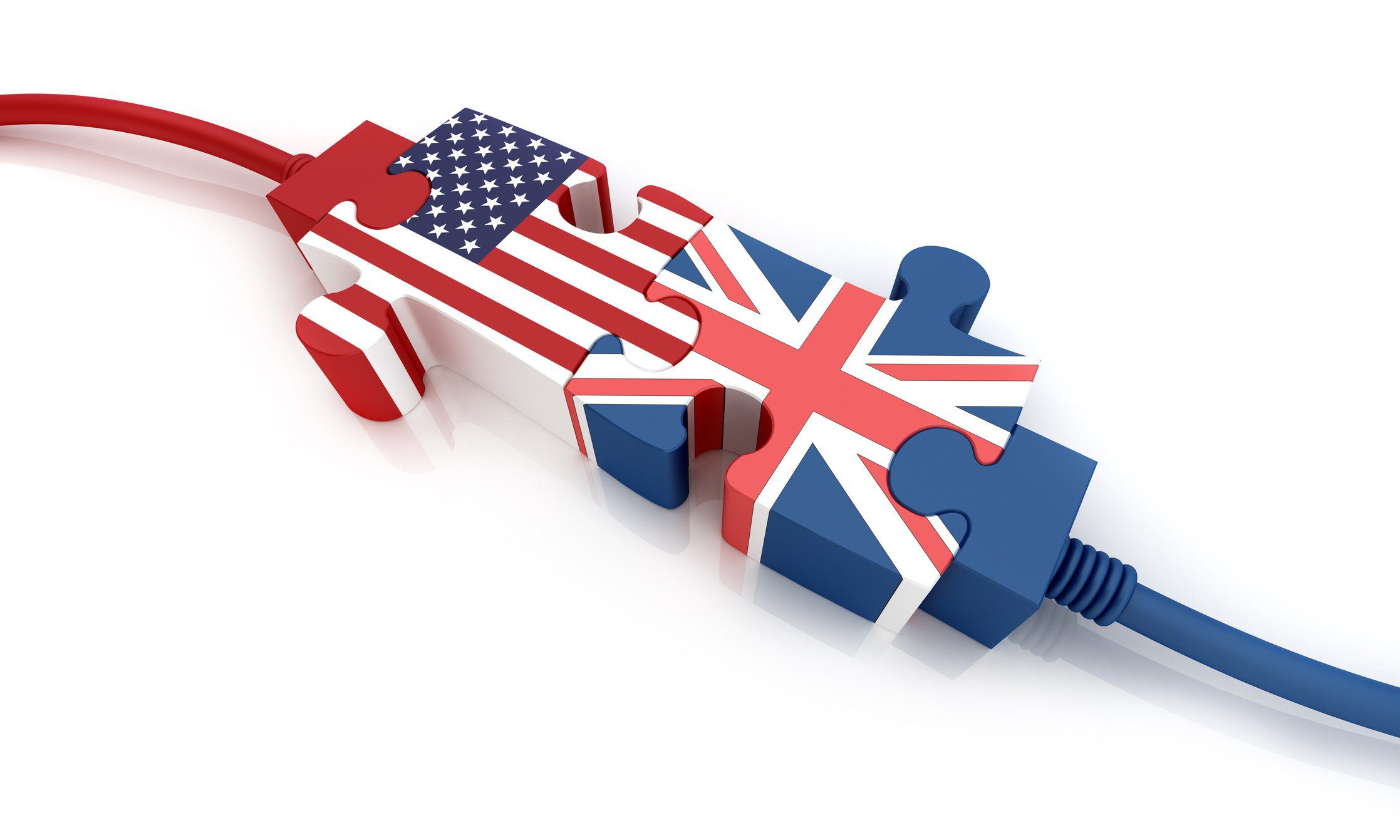13 Jun The Atlantic Declaration: Strengthening Trade and Economic Partnership Between the US and UK
In a significant move to bolster economic ties and address pressing global challenges, the United States and the United Kingdom have announced the Atlantic Declaration. This collaborative effort, hailed as...




